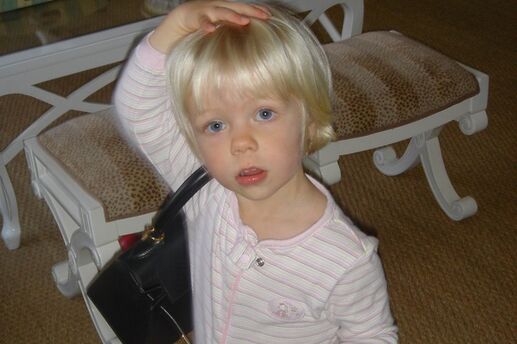Brush up on Your Baby’s Teeth

Compared to other baby milestones, the first baby teeth are pretty unpredictable. In fact, while the average age for the first pearly white is 6 months, some babies are born with one or more teeth, while others still sport a toothless grin as their first birthday approaches. Whenever your child’s first tooth pushes through, you’re going to want to ramp up the oral hygiene to ensure your new baby’s smile stays beautiful. The first step is to understand how cavities occur.
Cavity culprits
Like everyone else’s, your new baby’s mouth contains bacteria. When he eats or drinks, specks of food or a little bit of beverage linger in his mouth. Bacteria then feed on this food, producing acids that attack teeth and create holes in the outer layer (or tooth enamel), which develop into cavities. This is why keeping your baby’s teeth and gums clean between meals is a must. Luckily, it’s easy to do.
Protecting baby teeth from decay
- From day one, make a habit of gently wiping your child’s gums after every meal and before bedtime -- even before his first tooth appears. Use a clean piece of gauze or washcloth moistened with water. Once your child has baby teeth, you can switch to a soft baby toothbrush.
- Babies can’t spit on command, so it’s best just to use a fluoride-free toothbrush at first instead of topping the brush with fluoride toothpaste they might ingest. Check with your child’s pediatrician, who can advise you on when it’s okay to switch to fluoride toothpaste (usually around age 2).
- If your little one gets thirsty between meals, offer water when possible and limit juice as well as sugary or sticky foods, like cookies and candy.
- To avoid passing cavity-causing bacteria from your mouth to your baby, try not to share food or drinks or put his spoon or pacifier in your mouth.
- Ask your child’s health care provider about fluoride, which strengthens your baby’s tooth enamel, making it harder for acids to break through.
Even though baby teeth are temporary, that doesn’t mean they’re unimportant. Not only does your child need his baby teeth for chewing and talking, but they serve as placeholders so his adult teeth have room to come in. The bottom line: Brush those gums and teeth from the start to enjoy your little one’s beautiful smile for years to come.


